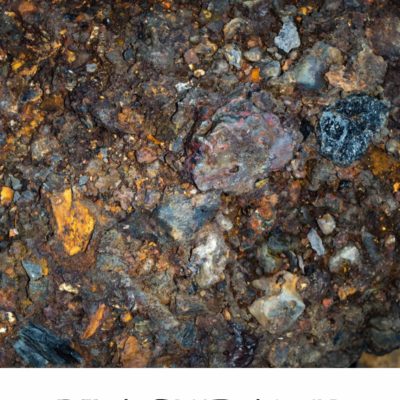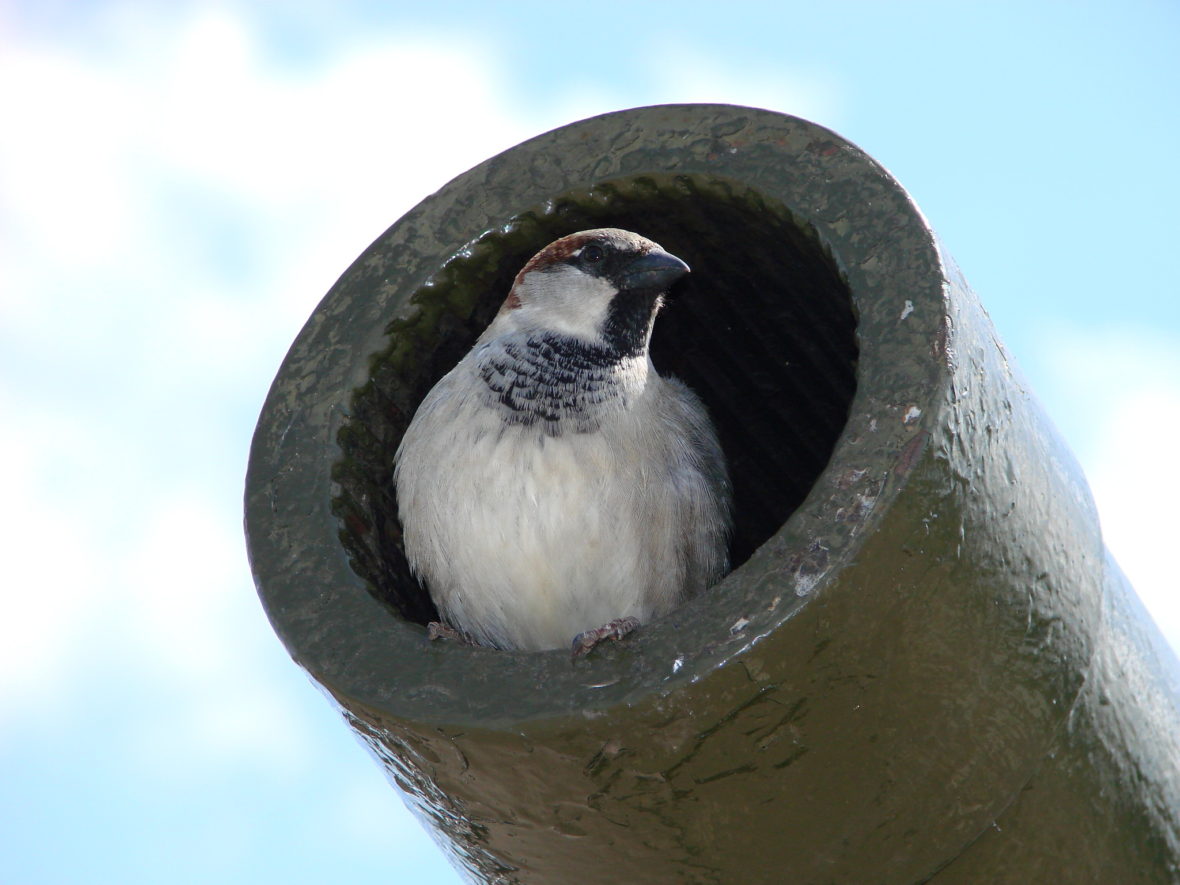 Welcome back to my blog, which has been on hiatus for over a year, and now has a name: So I Gave You Quartz. It’s from the first line of “The Hardness Scale,” and seems to be a good description of a blog post—not polished like a diamond, but not soft and crumbly like talc either. About 7 on a scale of 10 is where I aim.
Welcome back to my blog, which has been on hiatus for over a year, and now has a name: So I Gave You Quartz. It’s from the first line of “The Hardness Scale,” and seems to be a good description of a blog post—not polished like a diamond, but not soft and crumbly like talc either. About 7 on a scale of 10 is where I aim.
This post introduces my website’s new look at https://www.joycepeseroff.com.You can search news of my upcoming book Petition and recent publications there.
It’s a pleasure to begin So I Gave You Quartz with a review of Michele Harris’s Blackdamp, published in 2019 by David Robert Brooks. Usually someone who’s acknowledged by the author—and who blurbed the book—wouldn’t also write a review, but a blog lets a writer flout the rules when she wants to spread the word. A compelling bildungsroman of a book, Blackdamp begins with Harris’s childhood in rural Pennsylvania and tendrils outward to consider the role history takes in forming a self. Its five sections juxtapose casual violence, erotic awareness, and explorations of what work is at the cusp of two centuries in a series of quick, profound, and compelling sketches.
Harris begins by building a landscape of gravel roads, abandoned farmhouses, slag heaps, and places where stars at an outdoor sleepover rise “like bugs.” Her first world is grim and dangerous—high school friends die in car accidents, overdose, or, pregnant, drop out of school. Violence can be casual where “[a] whole world can fit/in the scope of a gun” and hope as quickly stomped as a bat that thuds against “our sunflower yellow shutters”:
…I ripped a stalk
of grass, and feathered it
over the good wing. It straightened
then shut like an accordion.
I dreamed of sneaking sticky fruit
to our root cellar, tweezing
dead moths by their wings
to keep him alive.
I still remember this feeling
breaking open
like the bat
under my Uncle’s heel.
The natural realm is crabgrass, briars, frogs’ eggs that turn out to be mosquito larvae, wildflowers with “unrelenting/orange mouths,” and carp that “flap and writhe” after moldy bread. In “The Tines,” Harris compares the way “…my Grandma’s blue-/veined hands vanish/ into mine” with how “Sometimes rain grips the trees/ like this.” The body mediates nature and nurture; subsequent sections of Blackdamp probe its tricky inheritance, whether biological or cultural.
Biology includes the BRCA gene, with its risk of “a knot” that “ripens inside me” as Harris readies herself “for years of being a woman and learning/ to lose all that makes me so.” In “Cathechetics,” Harris’s ill mother “…begs me/to keep her/in my prayers” while “bleached flax molts” and “falls by the fistful” from her skull. Culture is no kinder to the flesh; in the counterfactual “Growing Up Thin” Harris writes: “I’d have still pinched at my hips/and wished for less.//…//I’d have still hated the way men looked at me/but for other reasons.”
Erotic life, too, has its gravel, slag, and abandonment. Harris’s first love poems are sweet— “When we lip words/into each other, every vowel you whisper/comes out in my voice”—but the book’s fourth section narrates a difficult affair with a married lover. The poems have an elegiac feel, and pair with recollections of her father. Harris, with her Dad, lays pennies on a railroad track “because he said the train/ would change them;” her lover squelches her memories by lying “that pennies/could derail a train.” Love goes wrong when it tries to eradicate the past, and in Blackdamp’s final section, Harris examines her personal history in the context of disasters that shaped her family and the environment in which she came of age.
Chronicling the Johnstown flood—which Harris’s great-grandmother survived while her husband didn’t—Harris introduces a carefully composed documentary account of those lost to its waters. A list of the deceased in “Morgue A—Fourth Ward Schoolhouse” becomes a mini-Winesburg, with citizens and their effects cataloged by number: “185. Von Alt, Henry./Collar-button and spoon.// 20.Unknown. Hulbert House porter. Supposed to be/ William Henry. Colored. Valuables.//1. Hamilton, Miss Laura (Mary)./ Was to have been married on the next/ Tuesday. Body delivered to her brother.”
Harris’s explorations of local mine disasters use similar documentary techniques, while the book’s title poem includes material she’s foraged from the July 1902 Brooklyn Eagle:
As near as can be learned there was not one dozen
Americans killed, the rest being Huns and Slavs. Mine Superintendent George T. Robinson
said they would have the mine ready again for work by Monday.
At 9 o’clock this morning
there were sixteen bodies left in the morgue.
The nature of work, including her mother’s job as a mushroom harvester—like a miner, she skims through tunneled earth and wears a hard hat—shapes Blackdamp’s finale. But it’s implicit in the derelict fields and industrial waste of the book’s first section too. Life, like the work Harris’s family and neighbors depend on, remains as dangerous, fleeting, and unstable in this century as in the last. Harris’s coming of age story is a cautionary tale for a society that separates its members like “Huns and Slavs” from “Americans,” and won’t take care of its own.
